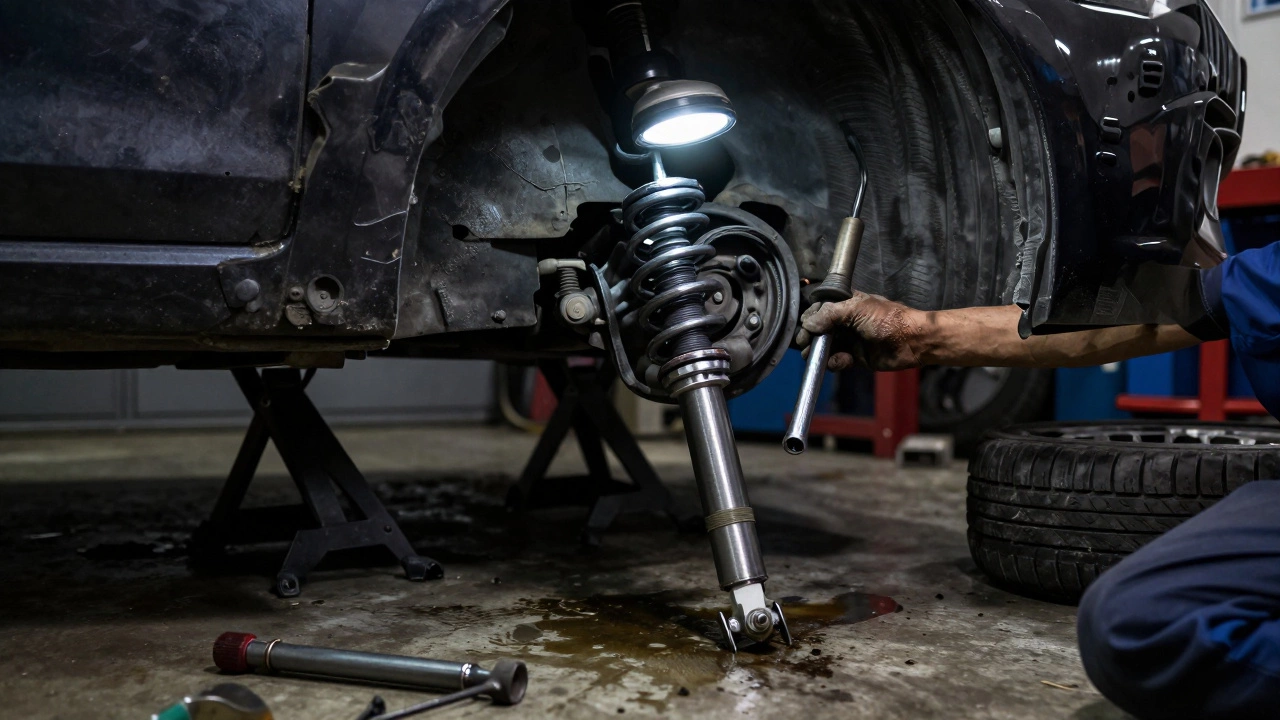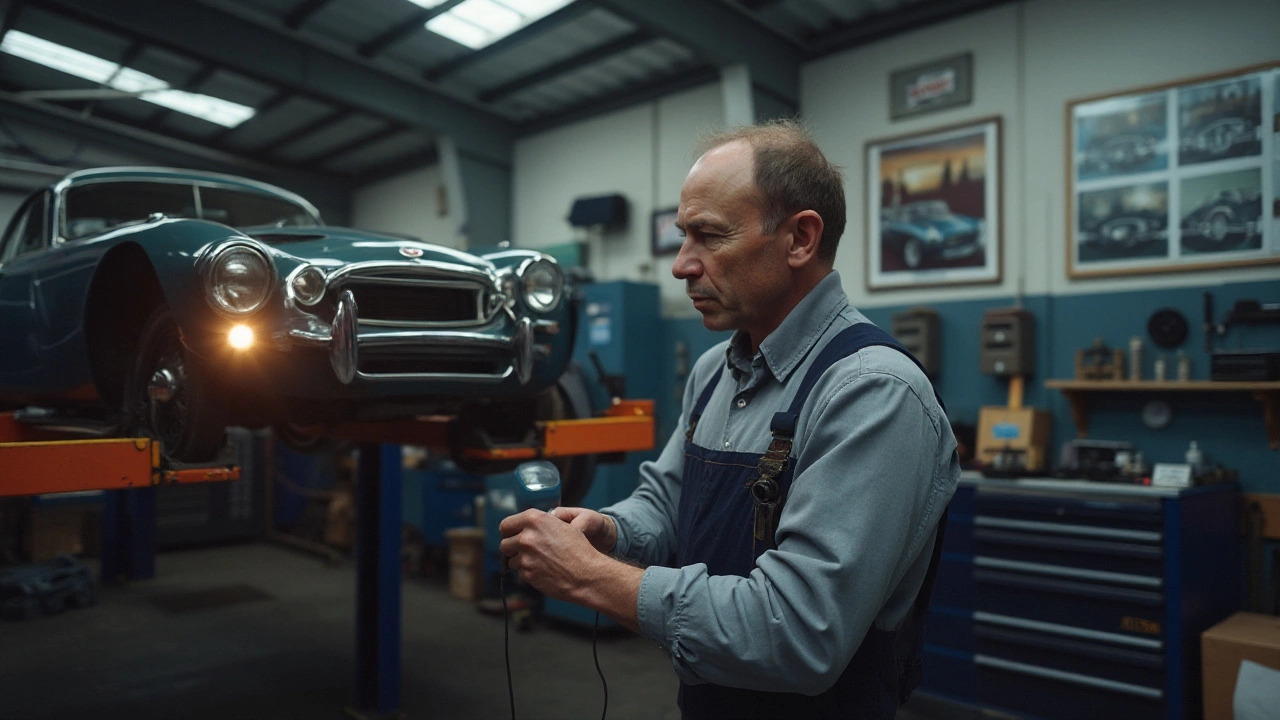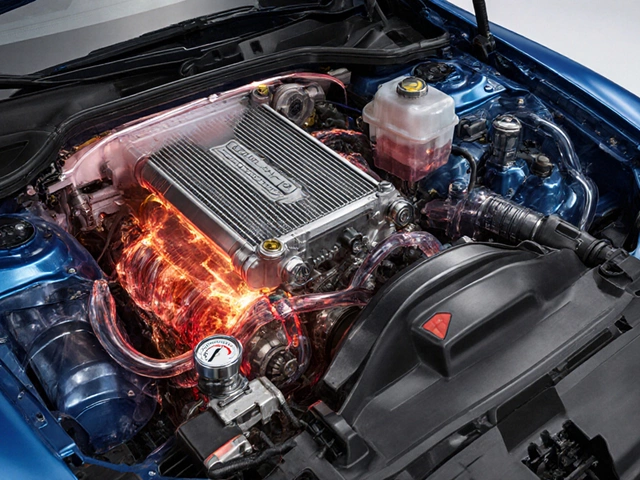Suspension Repair Guide: Keep Your Car Steady and Safe
Feeling a wobble after hitting a pothole? Your suspension might be the culprit. A solid suspension makes your ride comfortable and your brakes work right. Below you’ll find the basics of spotting trouble, simple fixes you can try, and clear signs it’s time to head to a garage.
Common Suspension Problems You Can Notice
Most drivers notice suspension issues through noises or handling changes. Here are the top signs:
- Clunking or knocking when you go over bumps – usually worn bushings or loose bolts.
- Pulling to one side while steering – could be a broken control arm or a bent suspension link.
- Excessive bouncing after a small bump – often a bad shock absorber or strut.
- Uneven tire wear – the suspension isn’t keeping the wheels aligned.
- Steering wheel vibration at higher speeds – sometimes a bent suspension component.
Two of our recent articles dive deeper into these issues: "Can You Drive With a Bent Suspension? Dangers, Signs, and Real Fixes" and "How to Spot Bad Suspension Shocks: Warning Signs and Solutions for Your Car." Both give quick checklists you can use right in the driveway.
Simple DIY Checks Before Calling a Pro
Before you book an appointment, try these easy steps. You don’t need special tools, just a jack and some basic safety gear.
- Park on a flat surface, engage the handbrake, and bounce the front of the car with both hands. If it bounces more than once, the front shocks likely need replacement.
- Lift each wheel one at a time and wiggle it. Any play or looseness points to worn ball joints or tie‑rod ends.
- Inspect the rubber bushings for cracks or dry rot. Cracked bushings can cause clunking and uneven wear.
- Look at the tires for cupping or scalloping patterns – those are classic signs of a bad suspension.
If anything looks out of place, or if you hear loud noises while driving, stop the DIY and get a professional involved. A full inspection can uncover hidden damage like a cracked spring or a broken control arm.
When to Call a Professional
Even if you’re handy, suspension systems are safety‑critical. Call a shop when you notice any of these red flags:
- Persistent pulling or drifting despite proper wheel alignment.
- Visible bending or cracking on suspension arms, springs, or knuckles.
- Shock absorbers leaking fluid – they’re beyond a simple fix.
- MOT failure due to suspension wear. Our guide "Can Suspension Damage Be Repaired? A Straightforward Guide to Fixing Your Car’s Suspension" explains why a certified technician is the right choice for MOT‑related issues.
At Northwich Tyres Centre we specialize in suspension repair, from shock replacement to full chassis alignment. Our team can diagnose the problem, give you a clear cost estimate, and get you back on the road safely.Don’t let a small wobble turn into a bigger, expensive repair. Keep an eye on the symptoms, run the quick checks, and when in doubt, bring your car to the experts.
 4 December 2025
4 December 2025
How to Fix a Bad Suspension: Step-by-Step Guide for Safe, Smooth Driving
Learn how to diagnose and fix a bad car suspension with step-by-step guidance on replacing shocks, struts, ball joints, and bushings. Save money and stay safe with proven DIY tips and part recommendations.
 27 July 2025
27 July 2025
Can You Drive With Bad Suspension? Risks, Signs, and What Happens Next
Wondering if you can drive with bad suspension? This deep dive breaks down what bad suspension feels like, real-life risks, warning signs, and what to do next.
 12 January 2025
12 January 2025
Signs You Need a New Car Suspension and What to Look For
A car's suspension system plays a crucial role in ensuring a smooth drive and maintaining safety on the road. This article delves into telling signs that your vehicle might need a new suspension. From uneven tire wear to excessive bouncing, understanding these warning signals can help you address potential issues before they become major problems, enhancing your car's performance and longevity in the process.
 3 January 2025
3 January 2025
Understanding the Cost of Suspension Repairs: What You Need to Know
Exploring the cost of fixing suspension systems in vehicles can seem daunting, but it doesn't have to be. This article delves into the factors affecting repair expenses, from parts to labor costs, and provides insights on how to manage and potentially reduce these costs. We discuss common suspension problems, the importance of regular maintenance, and when it's time for a professional evaluation. Gain a clearer understanding of suspension repairs to better prepare for future maintenance needs.
Latest Posts
-

How Often Should a Clutch Be Replaced? Real-World Mileage and Signs of Wear
-

Do High-Cost Air Filters Actually Perform Better?
-

How Much Oil Should I Add if It's Low? Quick Engine Oil Guide
-

Running a Car with a Bad Radiator: Risks, Signs & What to Do
-

Best Repair for a Cracked Radiator: What Actually Works?

0